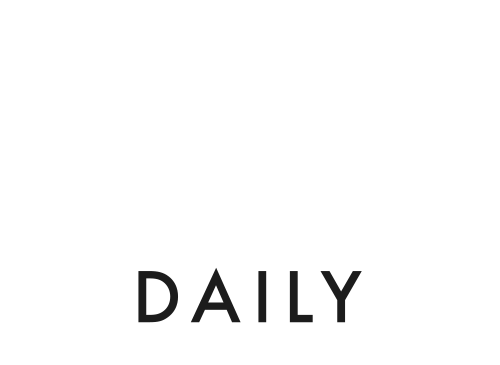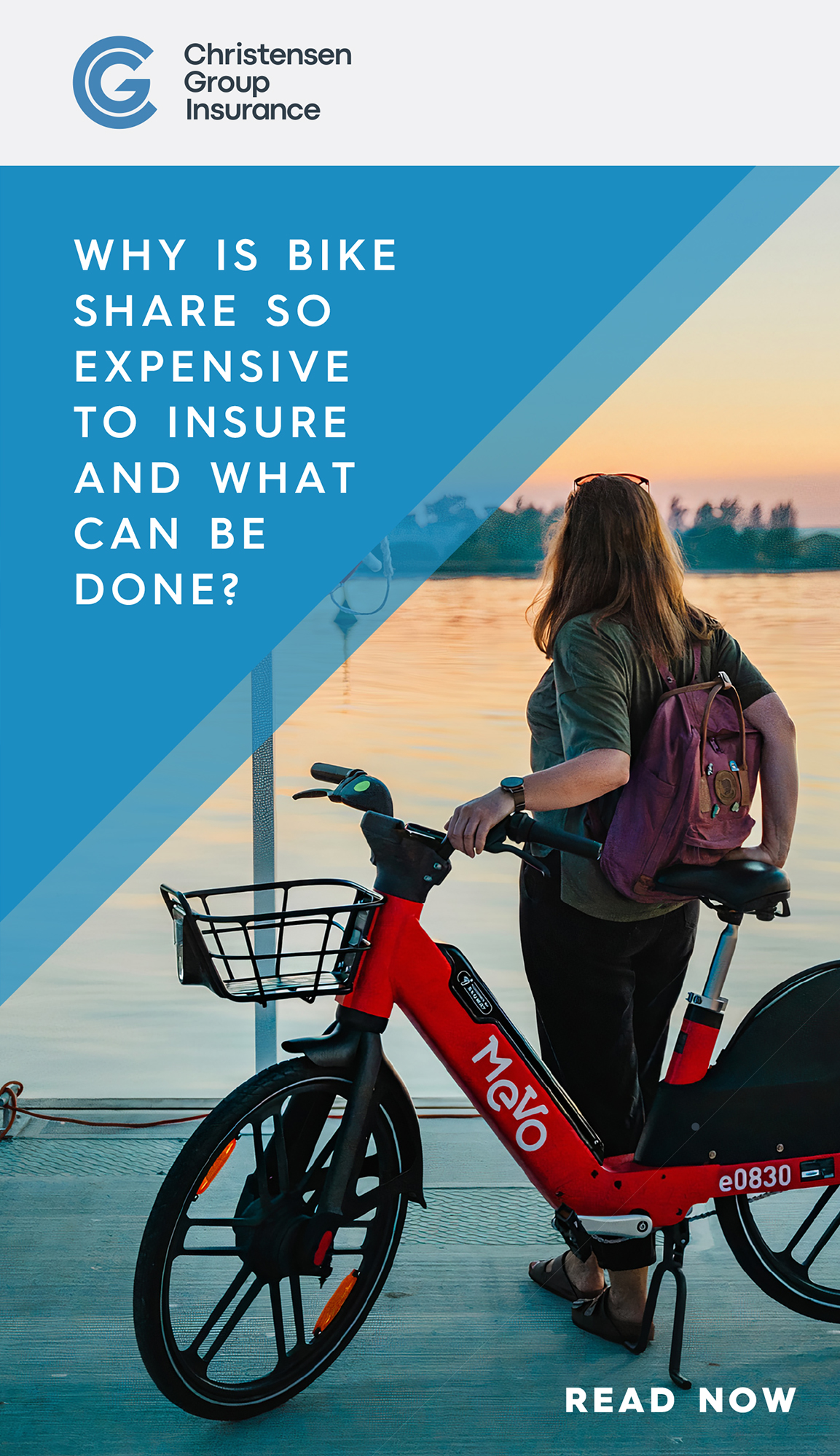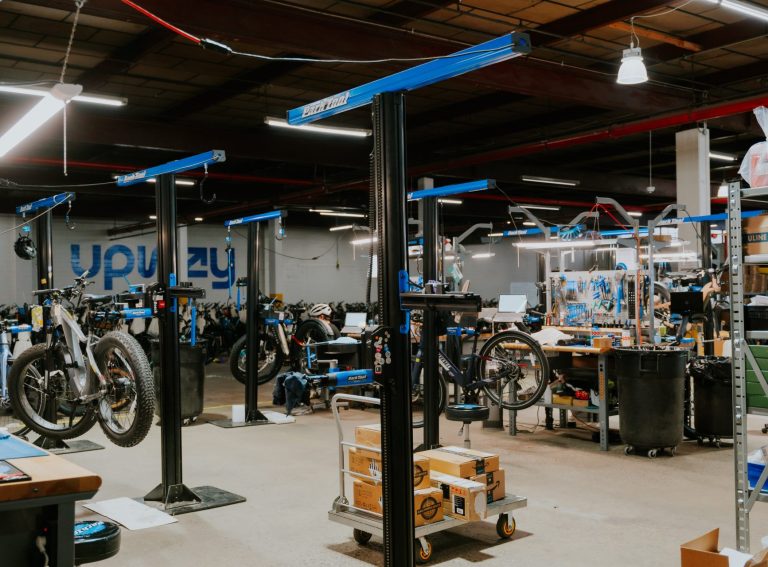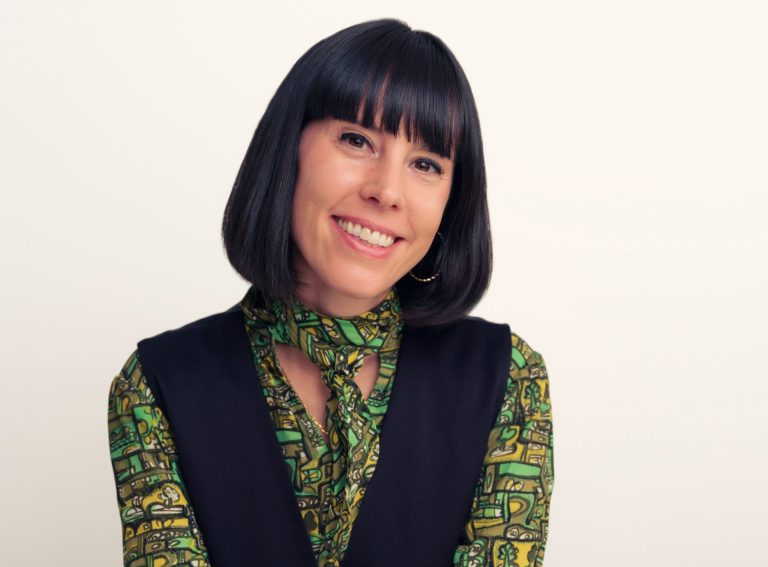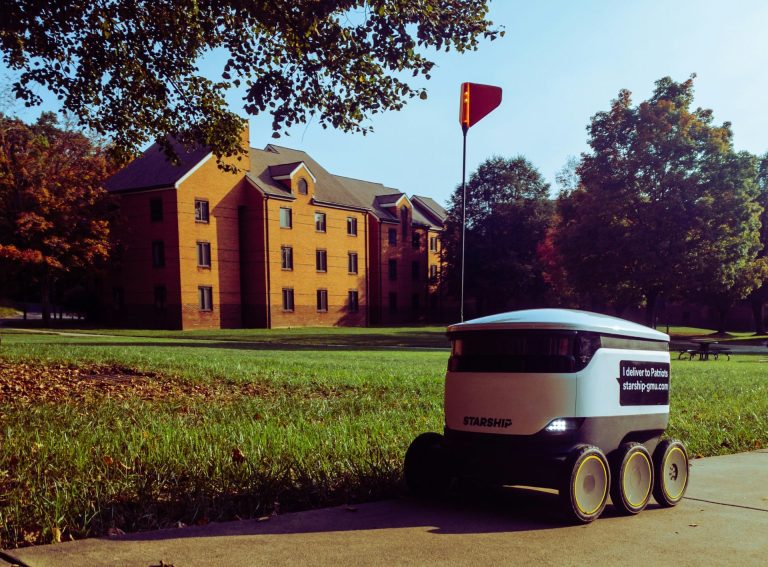Belgian shared micromobility operator Hoppy has exclusively told Zag Daily that the company closed 2024 with almost €1 million in net profit, €2.2 million EBITDA and €6 million in revenue.
Hoppy is one of only a handful of operators globally to have reached profitability.
Founded in 2019, Hoppy now operates 5,500 shared vehicles across 17 cities in Belgium, Greece, Gibraltar and Spain, with 270,000 users taking 1.5 million rides in the past year. Its fleet makeup consists of e-scooters, mechanical bikes, e-bikes, e-mopeds and golf carts.
CEO Kenny Vercruysse attributes this success to prioritising financial sustainability over rapid expansion.
“We never bought into the ‘grow at all costs’ mentality,” he says.
“In 2019, the mindset in micromobility was simple: flood the streets, worry about the consequences later, often launching without consulting local authorities.
“There were operators that moved fast but in my opinion they built fragile business models which were based on the assumption that profitability would come naturally with scale. We never believed that.”
Rather than chase rapid expansion, Kenny said Hoppy focused on long-term viability from day one. This meant closely managing costs, optimising operations, and securing strong relationships with cities.
The team has worked closely with city officials to understand their needs and challenges to ensure their services were not only compliant but also beneficial to the community.
“We were one of the first operators to advocate for mandatory parking zones back in 2019,” Vercruysse says. “We knew that free-floating fleets might drive higher short-term revenue, but it created too many issues for cities. By having mandatory parking zones, this helped maintain order in cities and fostered trust with local authorities.”
Hoppy has sought to tailor its operations to each city’s unique infrastructure and needs. “For us, it’s not just about deploying as many vehicles as possible—it’s about integrating seamlessly into the city and being a reliable partner for local governments and a positive presence for residents. This approach has been key to our success and profitability, and it’s something we remain deeply committed to as we continue to grow.”
A dedicated, lean team
Hoppy operates with a small, dedicated management team.
“During Covid, we were still a small company,” Kenny says. “We handled battery swaps ourselves and quickly saw how inefficient our competitors were.”
While some operators built large, expensive teams, Hoppy proved that a smaller, more agile workforce could achieve strong results.
Vercruysse emphasises that having a small team isn’t just about cost-cutting—it’s about agility and precision.
“We write tenders with just two people,” says Kenny. “And when I see my team working late into the night to perfect an application, that’s when I know we’re doing something different. This level of dedication is why we can compete against players with ten times our resources and not only compete but often win.
“The feeling we get when we win a tender, knowing our small team outperformed companies with much larger tender teams, is absolutely incredible.”
Vercruysse adds that the team shares a clear vision: to build a sustainable, profitable micromobility company that prioritises operational excellence, innovation, and strong community relationships. “It’s not just about working hard, it’s about everyone on our team believing in our mission and continuously striving for excellence.
Hoppy’s success is another sign that shared micromobility businesses are beginning to find ways to balance growth, sustainability and profitability. Other notable examples of operators generating healthy profits include Swing in South Korea, Ryde in Norway and JET from Kazakhstan.
Profitable by design
A big debate in the micromobility sector is how profitability is measured.
Kenny argues that it is not uncommon for companies to extend their vehicle depreciation period to six, seven or even eight years to make their EBITDA figures more favourable.
“This is beyond a realistic lifespan,” he says.
“Hoppy takes a different approach. We maintain a four-year depreciation cycle for our vehicles, which we believe realistically reflects their actual lifespan in daily operations in the worst case.
“Our more conservative approach provides an honest view of our financial health and highlights that our profitability is built on solid fundamentals and realistic cost management.”
That said, Hoppy believes its current generation vehicles will likely last longer than four years. “Of course, in the fifth and sixth years, we calculate additional costs for spare parts and maintenance, but if the vehicles exceed the four-year mark, that’s pure profit for us.”
Hoppy also recognises that in the current market, technology and regulations are rapidly evolving and some vehicles may no longer meet new standards in four years. “Our depreciation approach reflects that reality and demonstrates that we’re profitable while staying realistic about costs, without trying to paint an overly optimistic financial picture.”
Where’s next
Now that Hoppy has reached profitability, the goal is to keep scaling responsibly. The company is targeting a 30% annual fleet expansion. While the operator could not provide a precise roadmap, it is looking at expanding in its current markets, particularly in Greece where there is “significant growth potential”. The company is also shifting focus towards subsidised e-bike schemes which it believes will play an important role in the future of micromobility.
“We’re building a company that lasts,” Kenny concludes.
